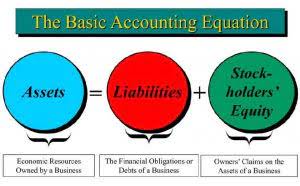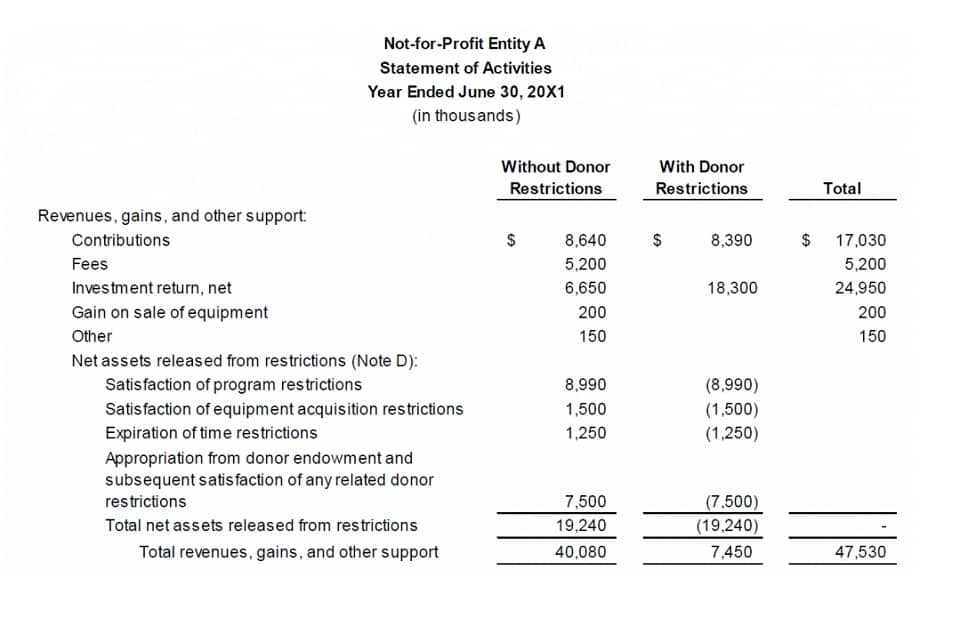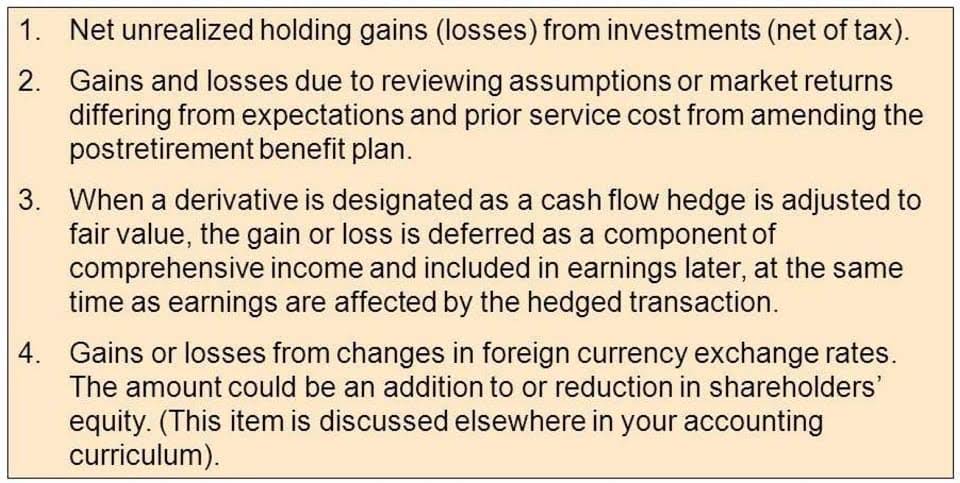
Before their availability on the secondary market, shares are authorized, issued, and, finally, purchased by investors who became equity owners or shareholders of the issuing company. Shareholders of common stock typically possess the right to participate in annual how to find shares outstanding shareholders meetings and contribute toward the election of the company’s board of directors. Outstanding shares represent the number of a company’s shares that are traded on the secondary market and, therefore, are available to investors. The number of outstanding shares changes periodically as the company issues new shares or repurchases existing shares, splits its stock or reverse-splits it.

Join the stock market revolution.
To understand the calculation of outstanding shares, let us take an example of a company that has recently issued 1000 shares. Out of these, 600 shares are issued as floating shares for the public, and 200 shares are issued as restricted shares to the company insiders. If you are analyzing a company’s stock, it is important to take into consideration the outstanding shares. For instance, the stock price reflects how investors assess the present worth of future earnings per unearned revenue share. Therefore, the more shares that are outstanding, the more the profit is split.
Steps to Calculate Weighted Average Shares Outstanding
This section provides the sum of the total authorized shares, the total number of shares outstanding, and the total floating shares. Shares outstanding include shares owned by retail and institutional investors and restricted shares held by company officials and employees. Changes in the composition of the holdings do not change the number of total shares outstanding. New share issues, the exercise of stock options, conversion, and cancellations through buybacks will change the figure. 600 shares are issued as floating shares to the general public, 200 are issued as restricted shares to company insiders, and 200 are kept in the company’s treasury. In this case, the company has 800 outstanding shares and 200 treasury shares.
- Additionally, both metrics have similar limitations, but there are good reasons why both are standard ways to research and evaluate stocks.
- Outstanding stocks are the shares that are actually already out on the market.
- Outstanding shares are used to calculate the market capitalization of a company, which is one of the most important parameters while analyzing a company.
- Thus, in revisiting the EPS calculation, $200,000 divided by the 150,000 weighted average of outstanding shares would equal $1.33 in earnings per share.
- Warrants are instruments that give the holder a right to purchase more outstanding stock from the company’s treasury.
Shares outstanding vs float

The diluted EPS so calculated thus always amounts to less than the value of basic EPS. When calculating EPS, taking into consideration only the number of common shares outstanding at a period’s end would represent a skewed version of earnings, thus distorting a company’s outlook. A Retail Accounting company thus resorts to a weighted average shares calculation to accurately determine its earnings. It utilises this calculation to arrive at a total of outstanding shares not only at the end of a period but also throughout such duration.
- The net earnings of a company in a given period – i.e. net income (the “bottom line”) – can either be reinvested into operations or distributed to common shareholders in the form of dividend issuances.
- Over the course of a reporting period—most often a fiscal year—the total number of common shares in circulation increases and decreases multiple times for most public companies.
- Imagine a company that owns two factories that make cell phone screens.
- After almost a decade of experience in public accounting, he created MyAccountingCourse.com to help people learn accounting & finance, pass the CPA exam, and start their career.
What is considered a low float?

To estimate the intrinsic value of the company, you’ve built a DCF model in which the implied market value came out to be $20 billion. My Accounting Course is a world-class educational resource developed by experts to simplify accounting, finance, & investment analysis topics, so students and professionals can learn and propel their careers. Shaun Conrad is a Certified Public Accountant and CPA exam expert with a passion for teaching.
Leave a Reply